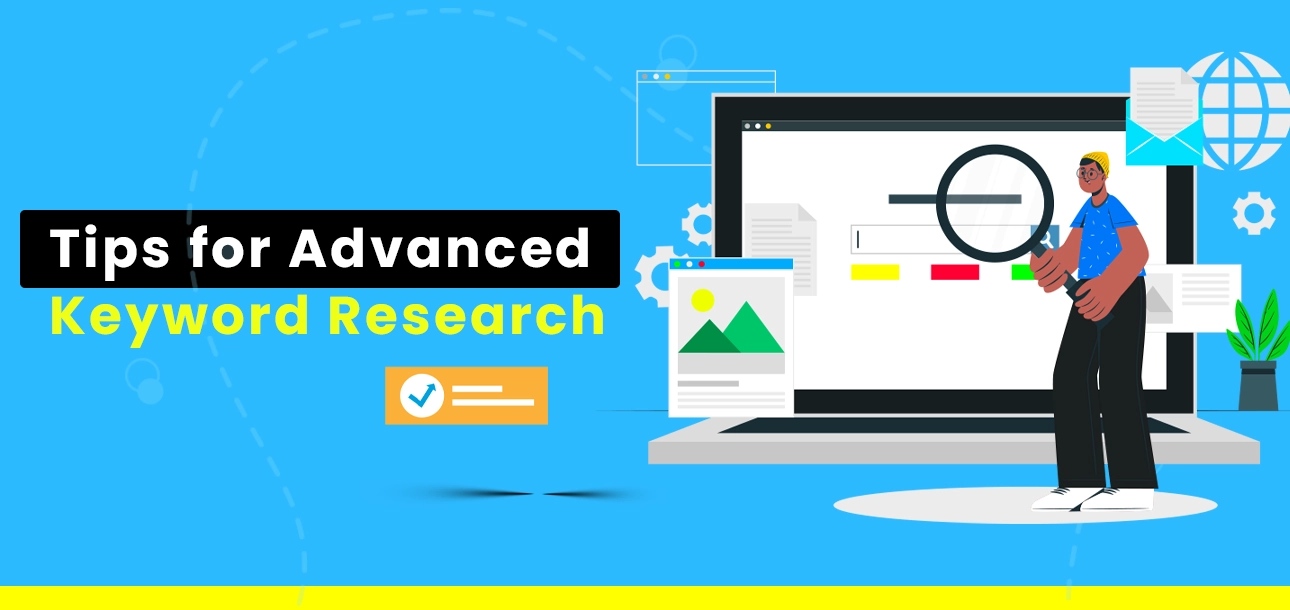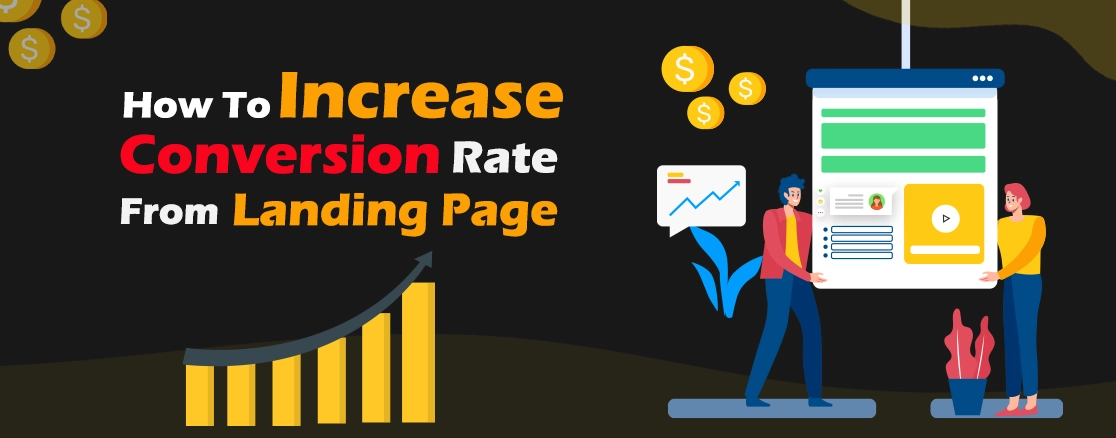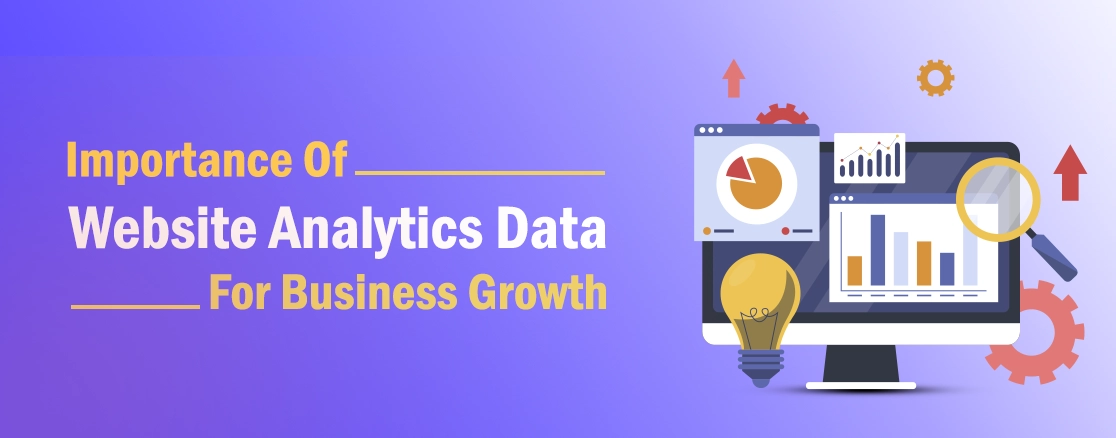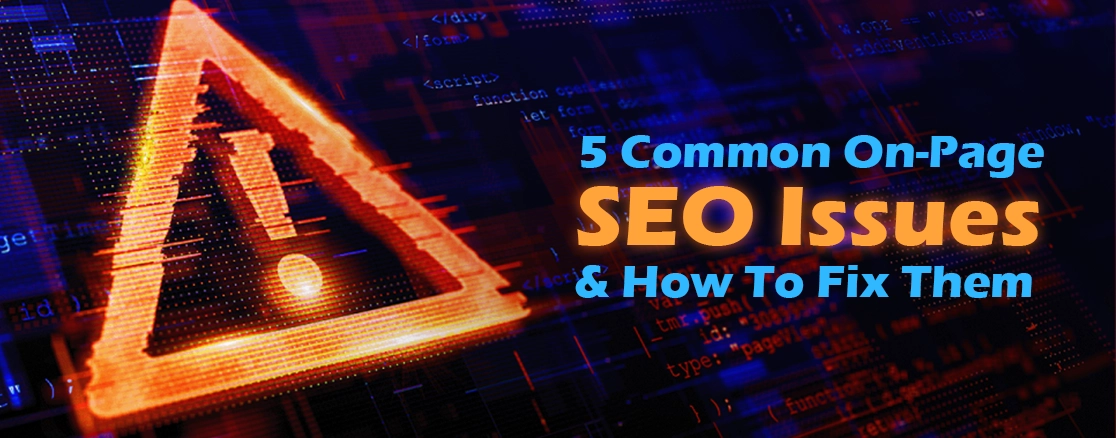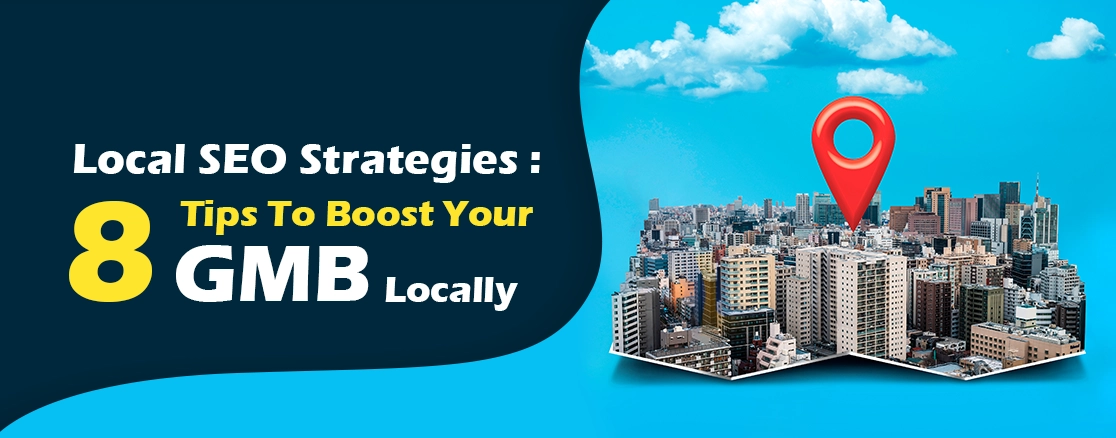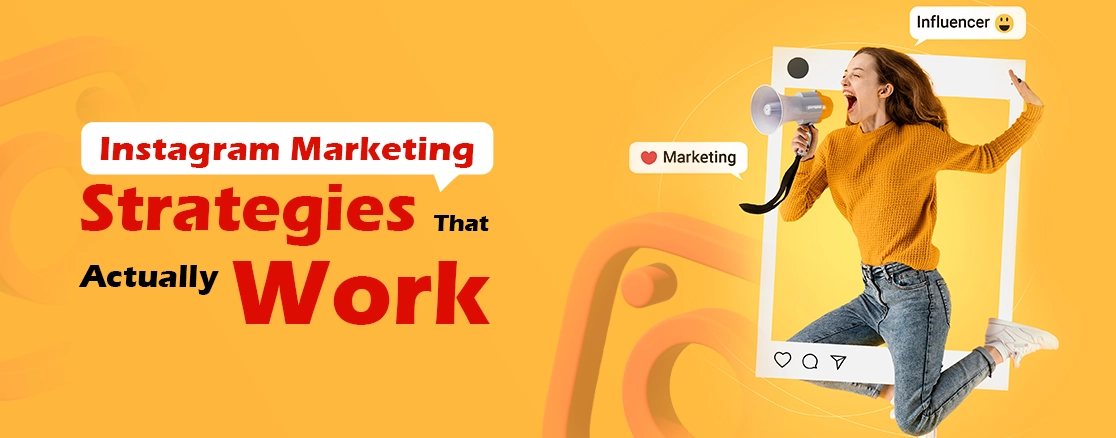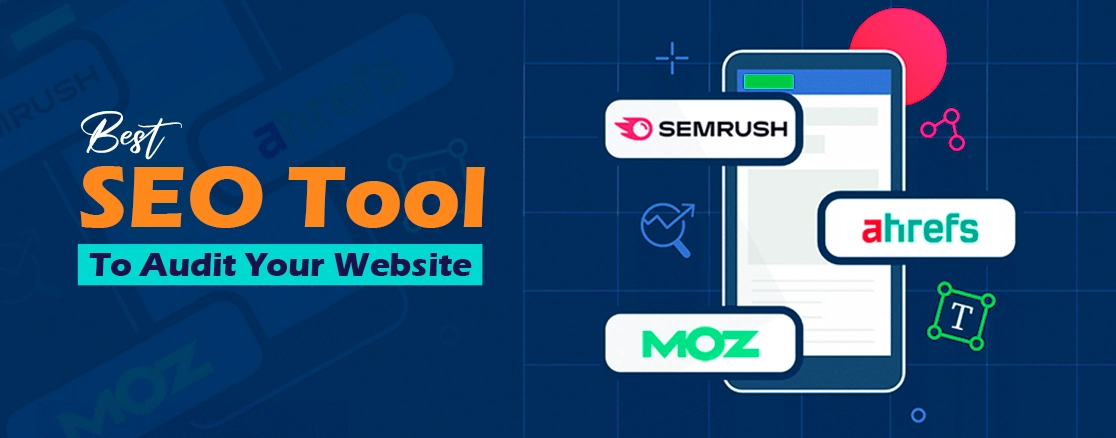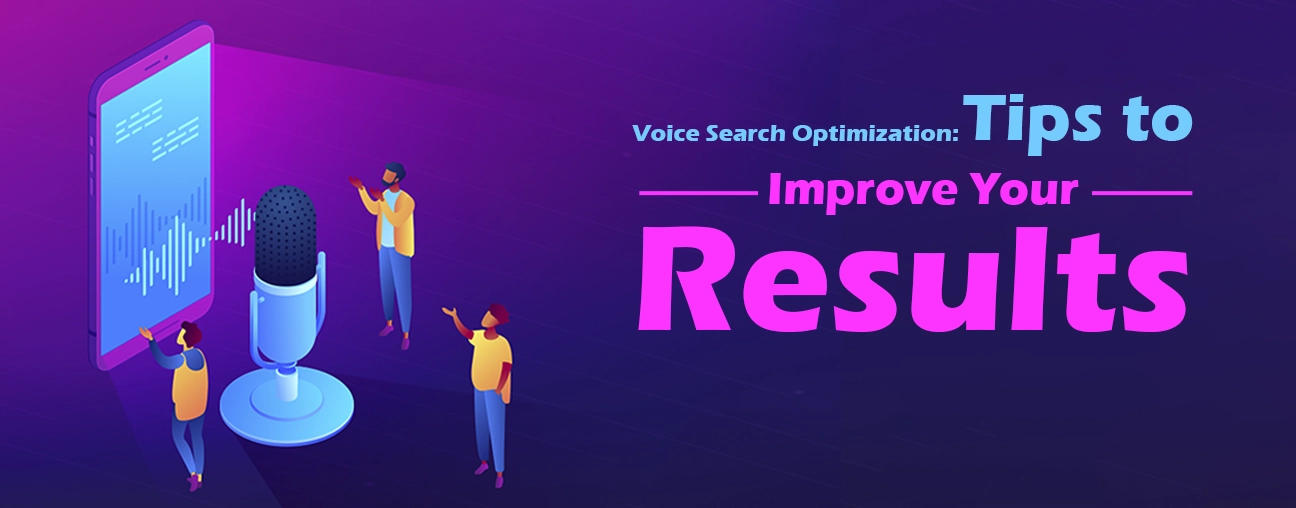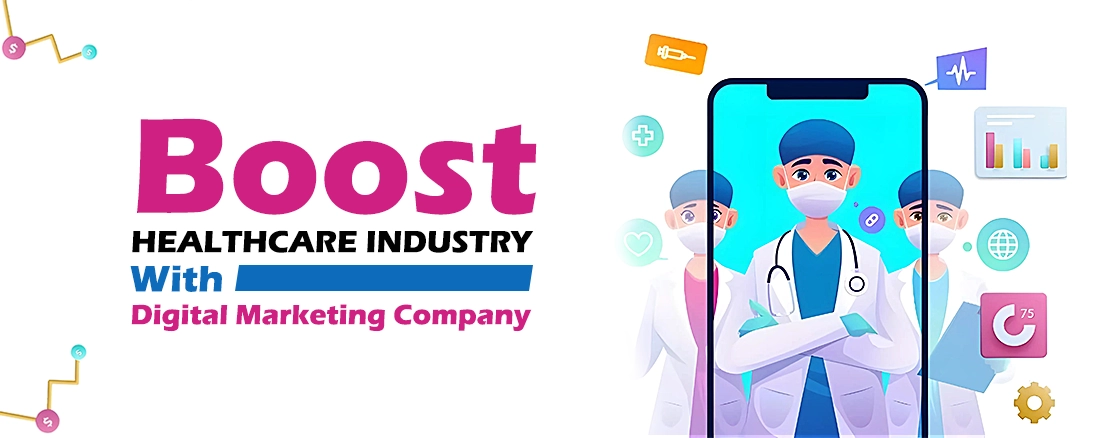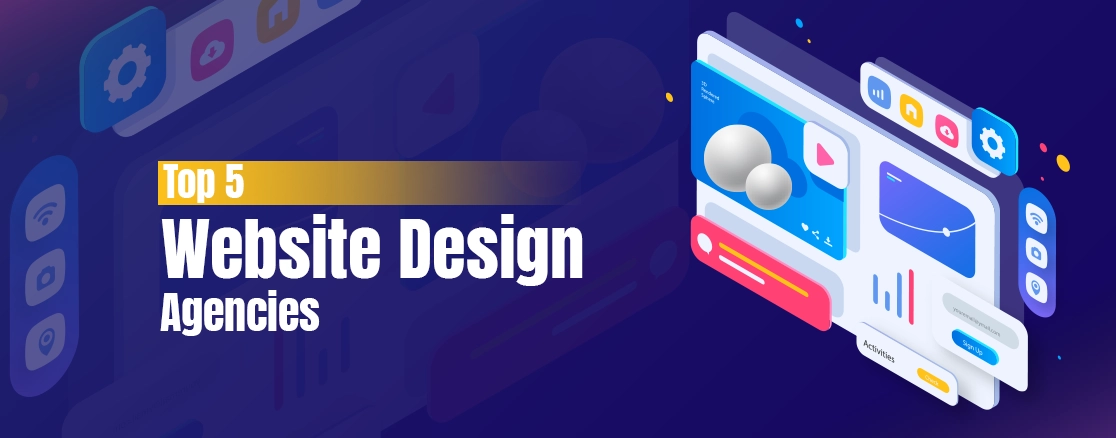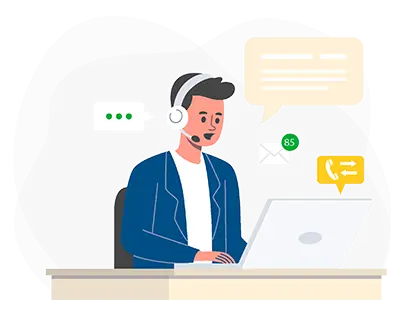In the competitive world of online shopping, ranking well on Google may make or ruin your business. The cutthroat competition among the lots of e-commerce sites for the top spot in search results is hard, therefore using the best SEO tools is important to increasing traffic and revenue. This tutorial has ten effective SEO tips specifically designed for e-commerce companies. These ideas can help you keep ahead of the competition, improve your visibility on Google, and draw in more business. They cover everything from speeding up your website and enhancing product pages to establishing high-quality backlinks and improving consumer experience. Let's explore the necessary strategies that can enhance your online store's performance.
1. Optimize Product Titles and Descriptions
Firstly, resolve On page SEO problems and update Product titles and descriptions. Make sure the main term you want to rank for appears in the titles of your products, and that they are clear and concise. Include features, benefits, and use cases in your descriptions in addition to the essential information, sprinkling them with secondary keywords. This boosts user experience and SEO at the same time.
2. Leverage Long-Tail Keywords
When a consumer gets closer to making a purchase, they are more prepared to search for longer, more absolute phrases known as long tail keywords. Rather than prioritizing on "jogging shoes," for instance, try "best jogging shoes for flat feet." Find long tail keywords that are attached to your products using tools like Google Keyword Planner or SEMrush, then use them in your content.
Read Also - 5 Advanced Keyword Research Techniques
3. Create Unique Product Descriptions
Don't copy the manufacturer's description word for word because your SEO will suffer from duplicate material. Rather, give each product a compelling, distinctive description. Draw attention to the unique qualities of your product and address the requirements and preferences of your target market directly. In addition to aiding with SEO, original content more successfully engages potential clients.
4. Optimize for Mobile Users
Making sure your website is mobile friendly is necessary as mobile devices account for the most of e-commerce traffic. The mobile version of your website is taken as the primary version according to Google's mobile first ranking. Make sure all of the items on your website are readable on smaller displays, load easily on mobile devices, and are easy to use. You can pinpoint opportunities for development with the aid of resources like Google's Mobile-Friendly Test.
5. Improve Site Speed
_1723208346.webp)
Page speed is a ranking norm that Google takes into account, specially for mobile searches. Pages that load slowly may have higher bounce rates and worse rankings. Use tools such as Google PageSpeed Insights to evaluate the speed of your website and get ideas for improvements. To improve load times, think about reducing JavaScript, using browser cache, and compressing pictures.
6. Utilize Schema Markup
Rich pieces can be shown in search results because summery markup makes it easier for search engines to understand the content on your website. This can have item costs, availability, and reviews for e-commerce sites, which will improve the attraction of your offering to potential consumers. Adding plot markup to your website can enhance traffic and click through rates considerably.
7. Enhance User Experience (UX)
Changes and search engine optimization both lean on a good consumer experience. Websites that are visually appealing, easy to use, and offer a flawless buying experience are awarded by Google. Make sure there is little clutter, easy to navigate content, and clear calls to action. Make it easy for users to locate what they want for and end their transaction. Increased time spent on site and decreased bounce rates are two benefits of a well designed consumer experience that can boost your SEO.
8. Optimize Product Images
For e-commerce to prosper, high quality pictures are important, but they also need to be enhanced for search engines. Make sure each photo, text and file name are clear and included with keywords. To speed up load times without compromising quality, compress your photographs. Additionally, to improve search engines' ability to find your photographs, think about utilizing image sitemaps.
9. Build High-Quality Backlinks
Google receives signals from credible websites pointing to your e-commerce site as reliable and authoritative. Prioritize obtaining high-quality backlinks by content marketing, guest posting, and joint ventures with companies or influencers. Make items that are easy to distribute, such as infographics, how to manuals, or industry research, so that other people in your niche may connect to it. Navigate clear of black hat SEO ideas like buying links as these may result in Google fines.
10. Regularly Update Content
Google likes new content, so it's necessary to regularly add new blog articles, product explanations, and other data to your e-commerce website. Posts that address regularly asked users' concerns, offer advice, or go over industry trends will help you keep your blog updated. To maintain their relevance, evaluate and update outdated product descriptions on a regular basis. This keeps visitors to your site interested and aids with search engine optimization.
Conclusion
Putting these ten ecommerce SEO tips into practice is crucial to increasing traffic to your online store and ensuring long-term success. Enhancing product titles, descriptions, and images, utilizing long-tail keywords, and making sure your website loads quickly on mobile devices can all help you rank higher in search results and draw in more visitors. Your SEO approach will be strengthened even more by adding schema markup, improving user experience, and consistently updating your content, which will help you stand out in a crowded market.
Creating original product descriptions and building high-quality backlinks are also essential to establishing the authority and reliability of your website. Keep in mind that SEO is a continual process that calls for constant monitoring and tweaking rather than a one-time effort. In the always changing digital market, you can make sure your e-commerce site stays competitive and keeps growing by being proactive and improving your strategy. Put these tactics into practice right now to observe a noticeable increase in website traffic.
Read Also - How To Optimize Your Website For Local Search

.webp)


.webp)



.webp)

.webp)
.webp)


.webp)
.webp)
.webp)

.webp)
.webp)

.webp)
.webp)




.webp)
.webp)
.webp)

.webp)




.webp)

.webp)


.webp)
.webp)

.webp)






.webp)




.webp)
.webp)


.webp)
.webp)



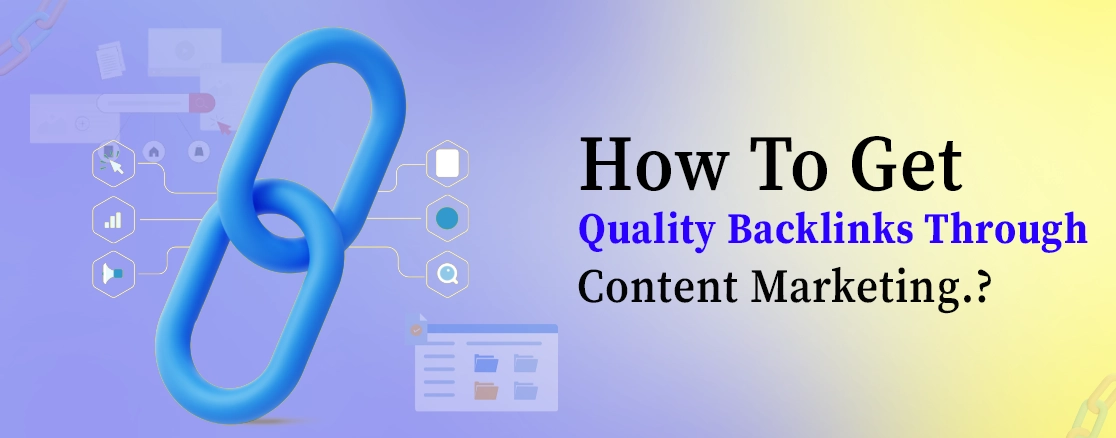

.webp)


